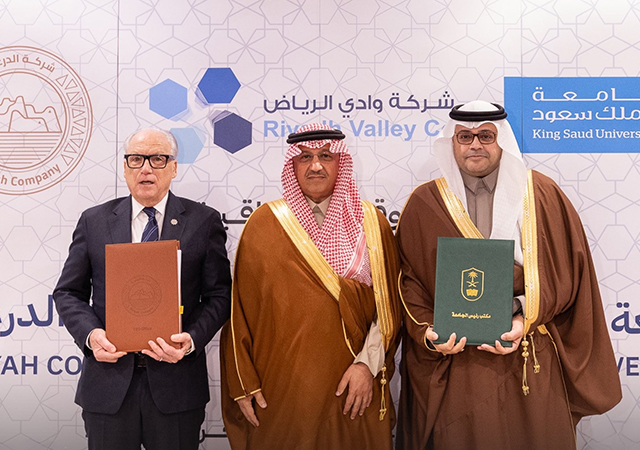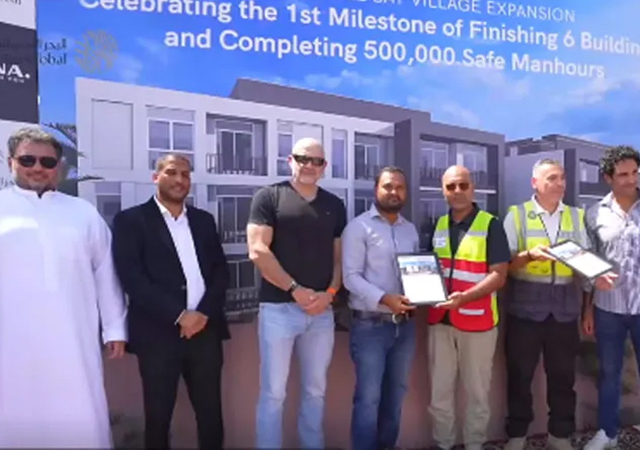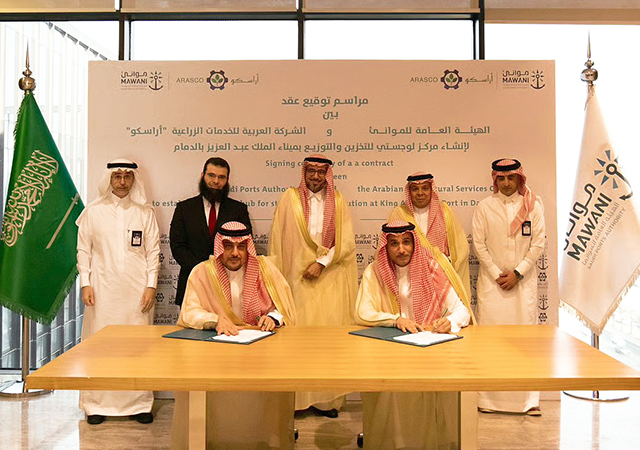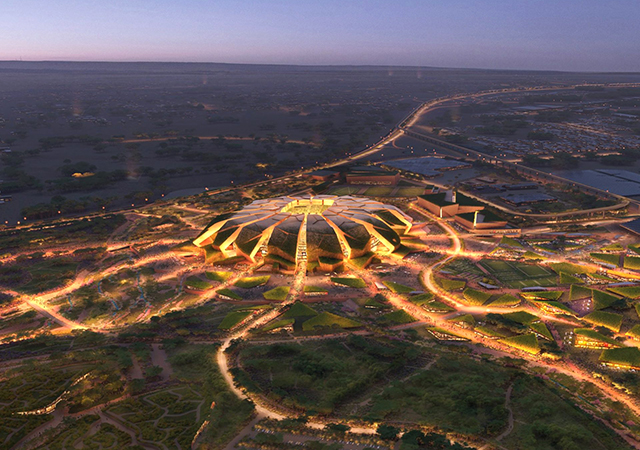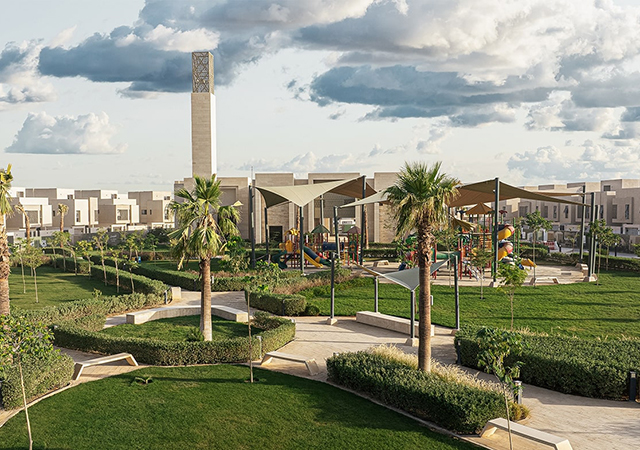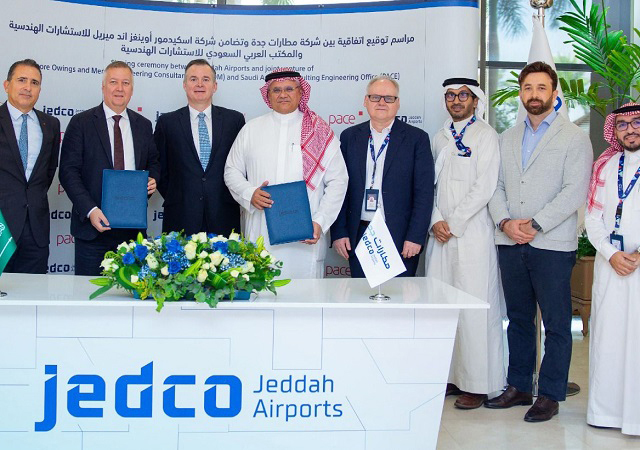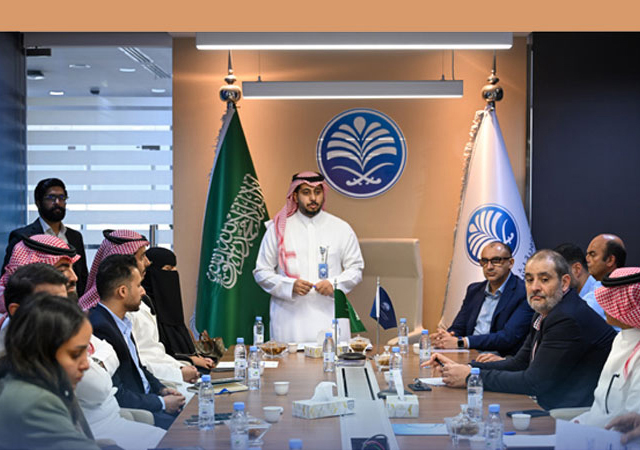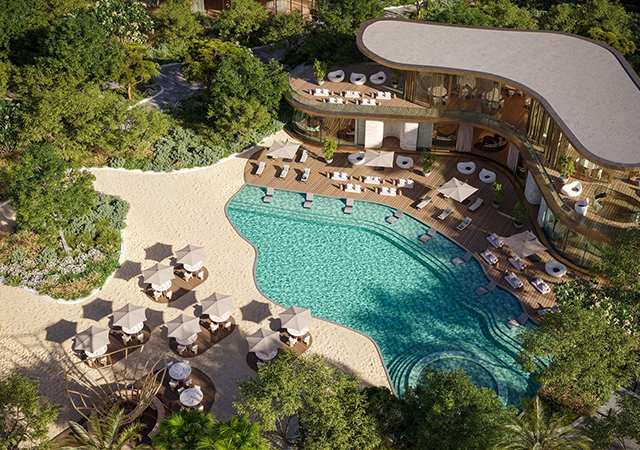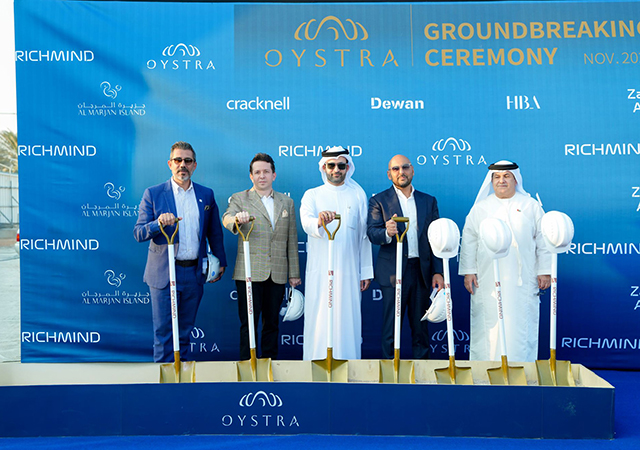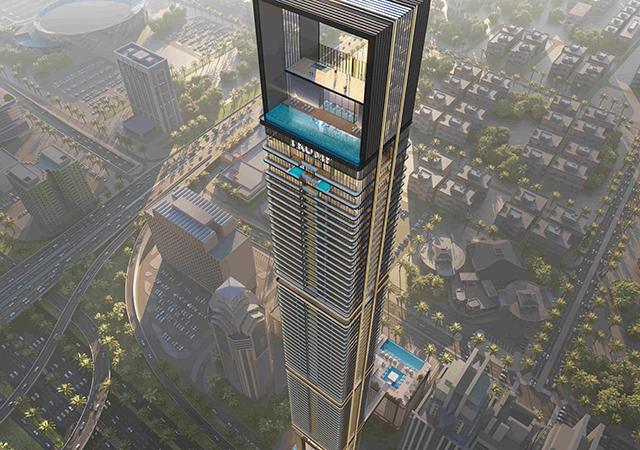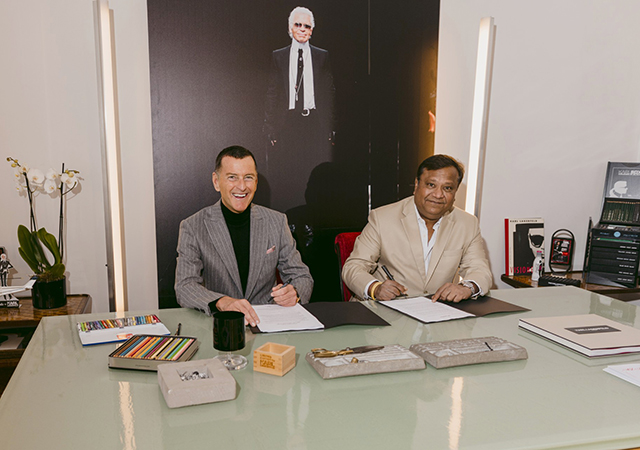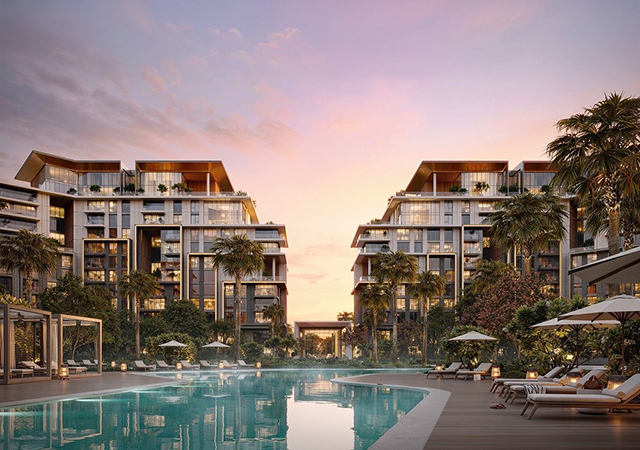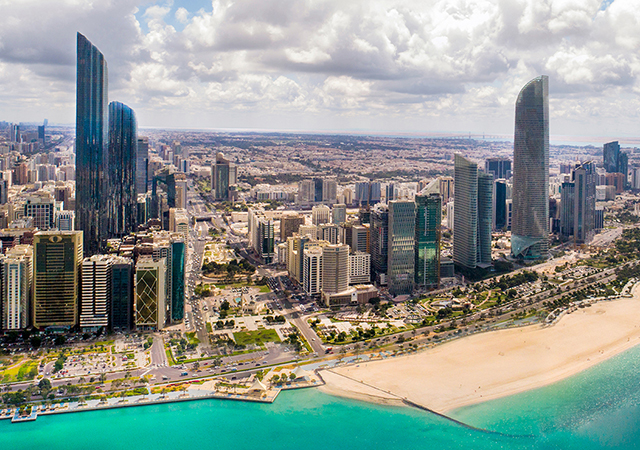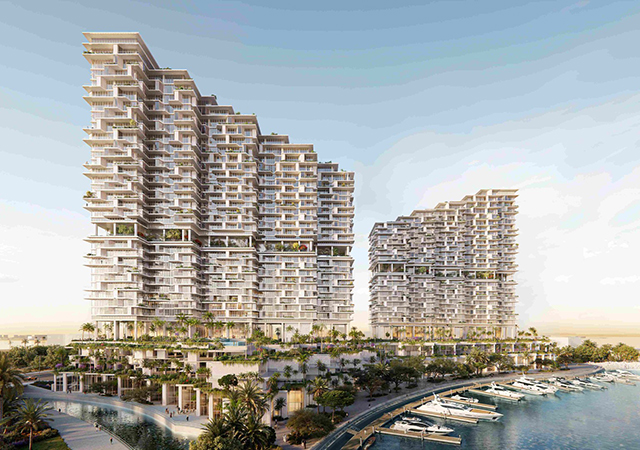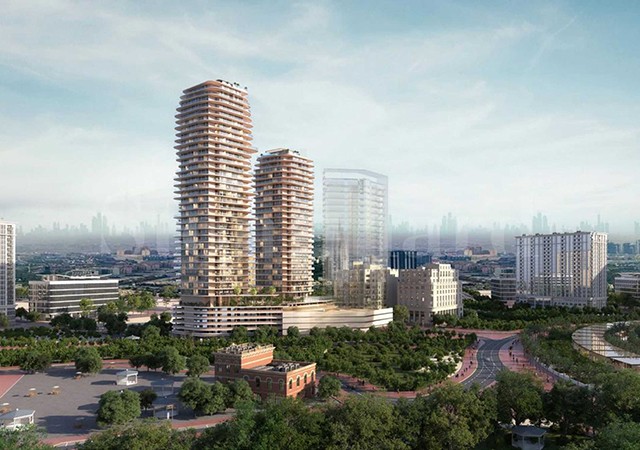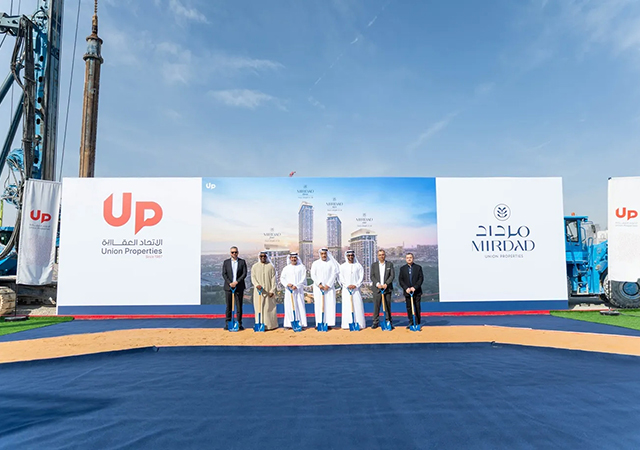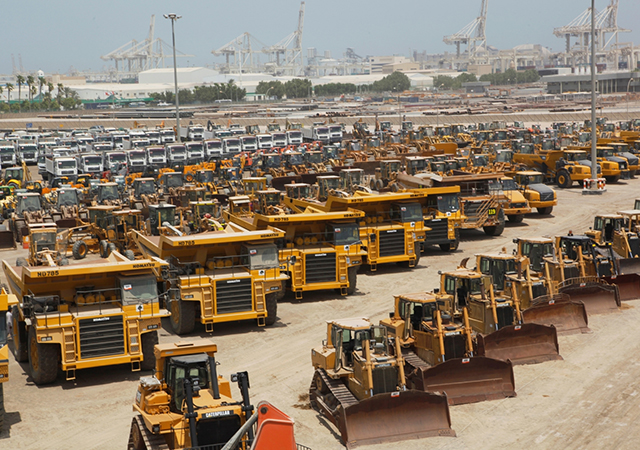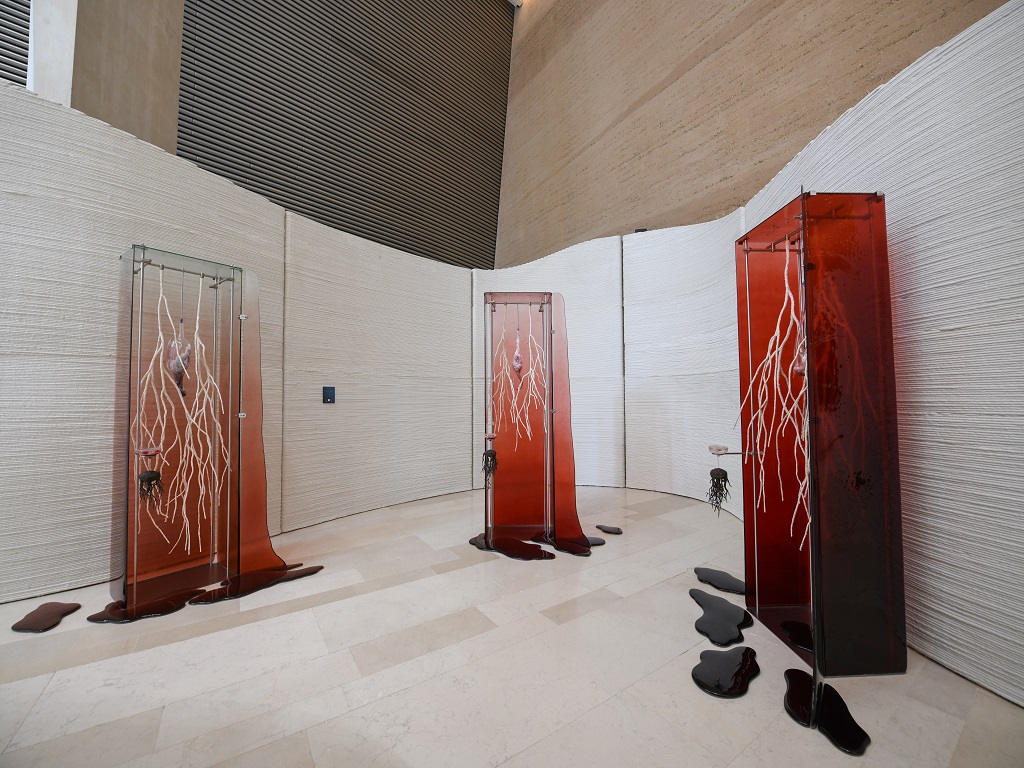 Net Zero expo
Net Zero expo
The Net Zero exhibition at the King Abdulaziz Center for World Culture (Ithra) presents a transformative journey of discovery that brings to life the exhibition theme through its creative essence and design elements, encompassing the curation of artworks, spatial communication and graphic design.
Acciona Cultura, a pioneering organisation in the realms of museums, exhibitions, interiors and events, is the creative force behind the Net Zero exhibition.
The exhibition, which opened on September 14, will stay open until October 23.
The exhibition showcases 17 artworks curated by Ithra, featuring a selection of international and local artists who share a professional focus on addressing issues like sustainability, the climate crisis, geopolitics and environmental discourse.
The exhibited artworks, ranging from local artists like Dina Haddadin, Mohammed AlFaraj and Zahrah Al Ghamdi to international artists like Bright Ugochukwu Eke, Superflex and Philippe Parreno, among many others, reflect the state of the artist’s conceptual approach, providing an exploration of our world’s multifaceted reality and addressing the aspects of living on this planet and our consequential impact on it.
Acciona Cultura has created a unique exhibition space consisting of 3D-printed concrete walls inspired by nature and art. These walls serve as a captivating backdrop, weaving around the gallery columns to create a fluid, immersive series of canyon-like spaces where artworks are presented sequentially.
This marks the first instance of 3D printing being employed at such a grand scale as a backdrop for an exhibition. As Acciona Cultura’s Project Manager, Claudia Vivas, explains: “Using 3D printed concrete presented an added layer of complexity in this project. This new material is not usually used in exhibitions due to the need for on-site printing. In this case, we printed off-site and created a modular system that can be taken inside and outside the gallery. In this way, the walls can be transported and reused in different locations.”
To convey the net-zero concept, all the elements designed and delivered by Acciona Cultura will have a second life when the exhibition finishes, adhering to a zero-waste philosophy, said a statement.
Materials, design components and installation elements are reusable and/or produced in a sustainable manner.
This commitment extends beyond materials to embrace sustainable production techniques and transportation, encompassing everything from large pieces such as the exhibition walls and artwork supports, to the smallest details like labels and the accompanying tote bags, catalogues and other printed materials.
Furthermore, in line with this message, the physical parts of the exhibition have been strategically planned for future use, ensuring their longevity and reuse in future exhibitions.
Daniel Orti, Acciona Cultura ME Director, said: “From day one, as a carbon neutral company since 2016, it was paramount for us to be fully committed to the sustainability standards that we have in all our projects during all the steps of the process. To this end, we began by calculating the long-term carbon footprint of all exhibition elements.”
The works developed by Acciona Cultura also include the complete set of exhibition literature, comprising a full catalogue with essays, a condensed version for those merely seeking a deeper understanding of the artworks, a children’s activity guide to the exhibition and a leaflet providing essential information about each artwork.
The CO2 emissions generated by the Net Zero Exhibition will be offset by the Oaxaca project, one of the biggest wind power complexes in Latin America with 306 MW of operational capacity.
The certificate of voluntary cancellation obtained as a result of the completion of the process is issued by the United Nations Climate Change Office.
The United Nations Carbon Offset Platform features UNFCCC (United Nations Framework Convention on Climate Change) certified projects that reduce, avoid or remove greenhouse gas emissions from the atmosphere. The projects are implemented in developing countries and are rewarded with Certified Emission Reductions (CERs), a type of carbon offset measured in tonnes of CO2 equivalent. The full contributions go directly to the projects. – TradeArabia News Service



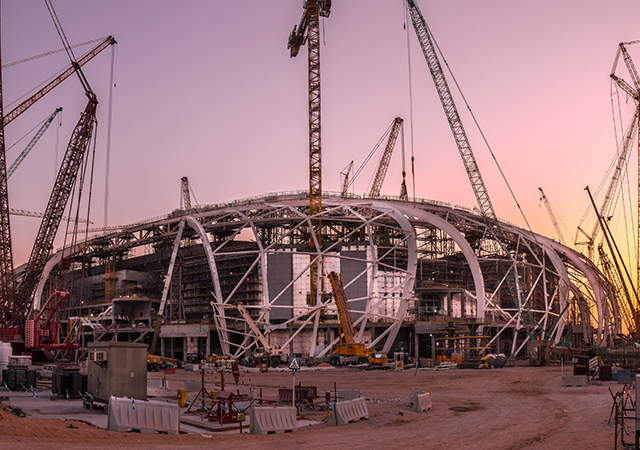
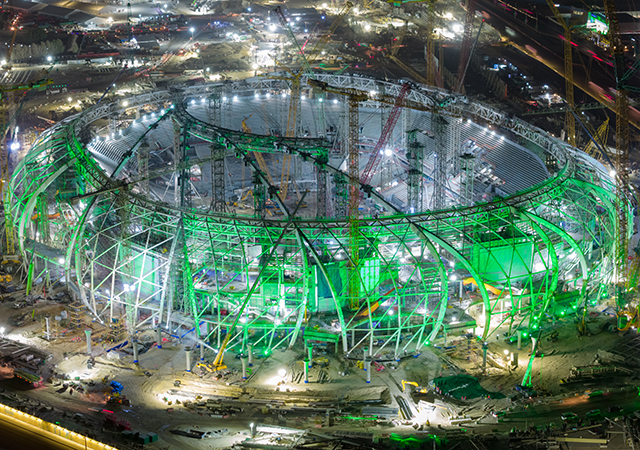
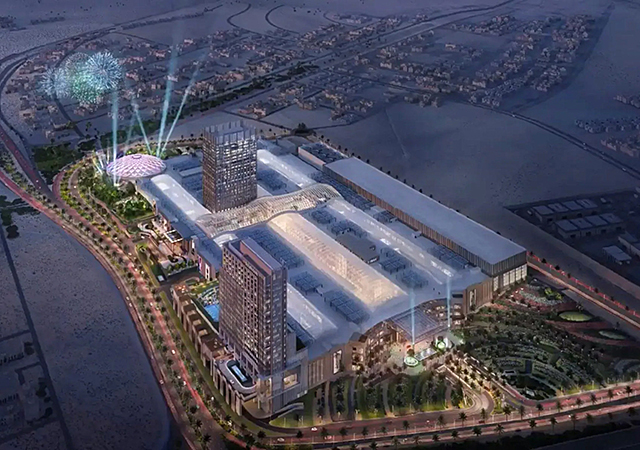
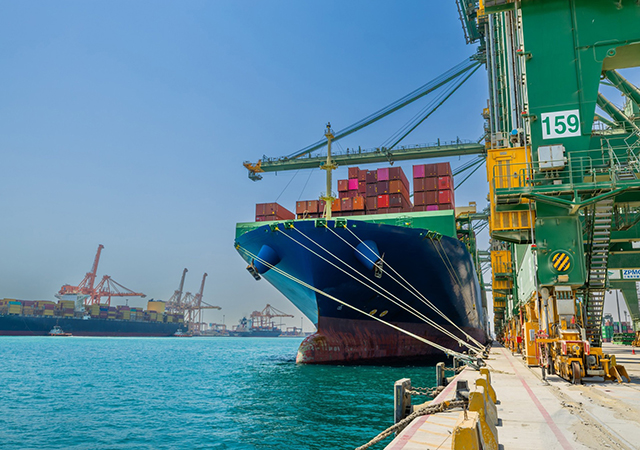
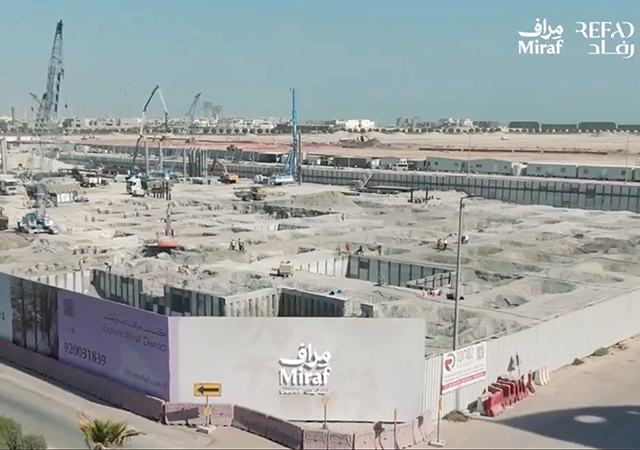
.jpg)
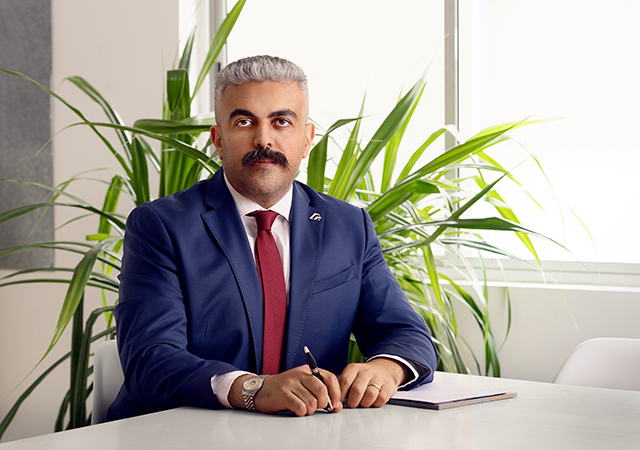


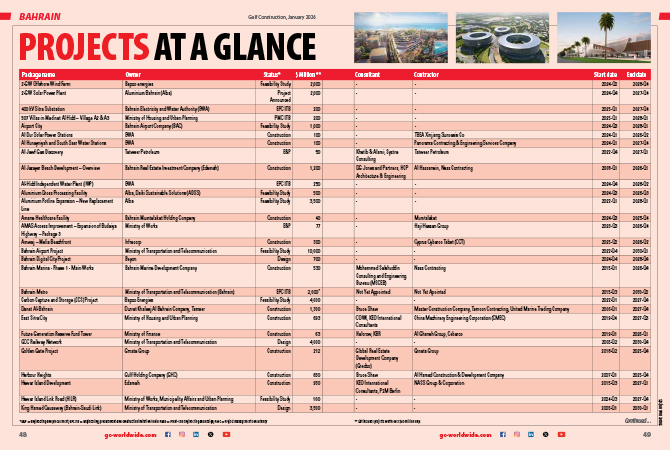
.jpg)
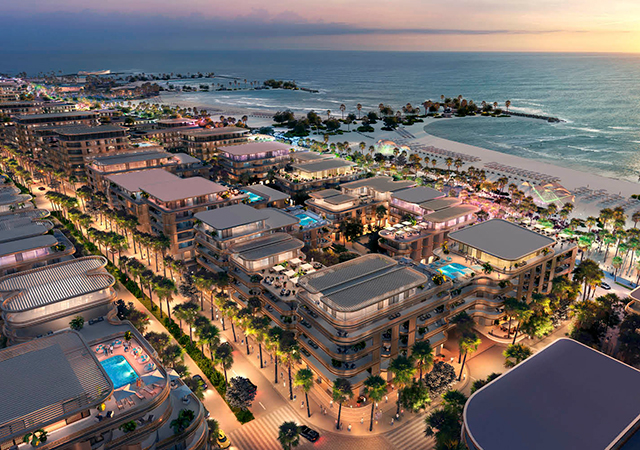
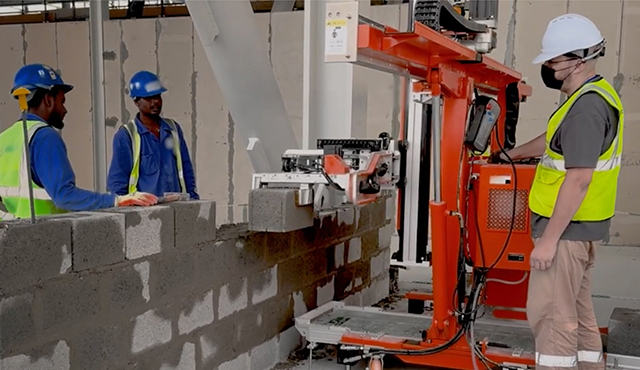
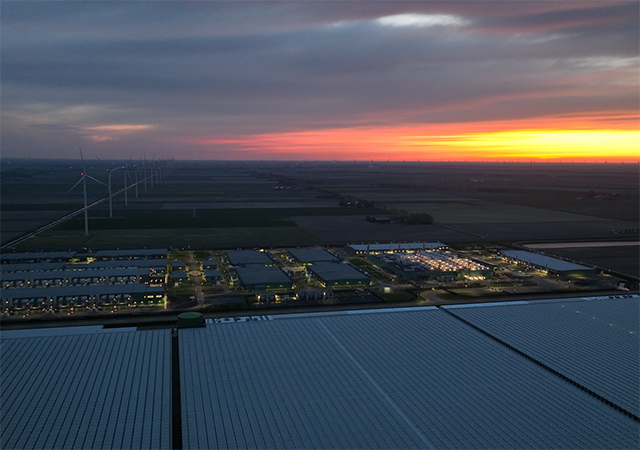
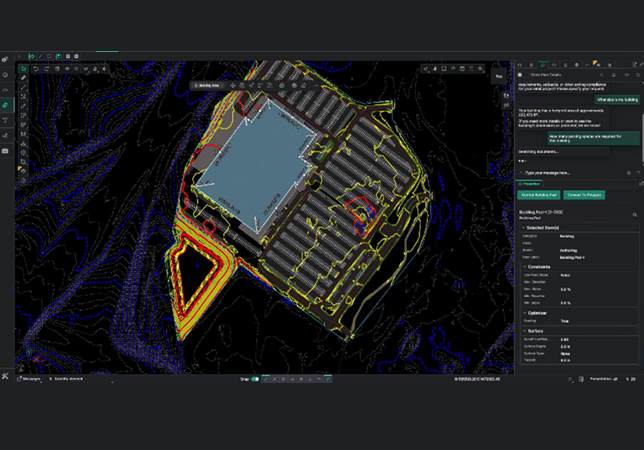
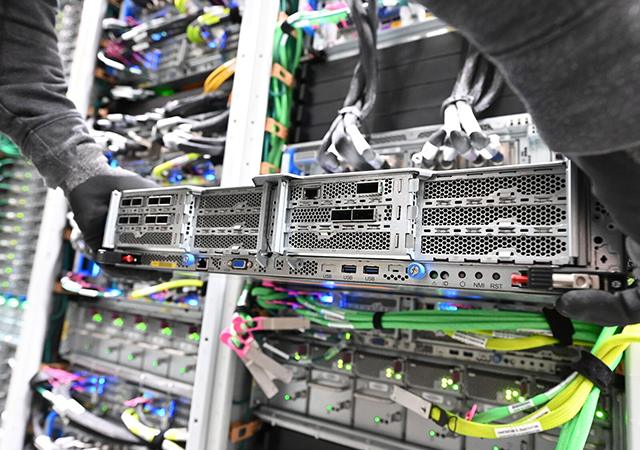
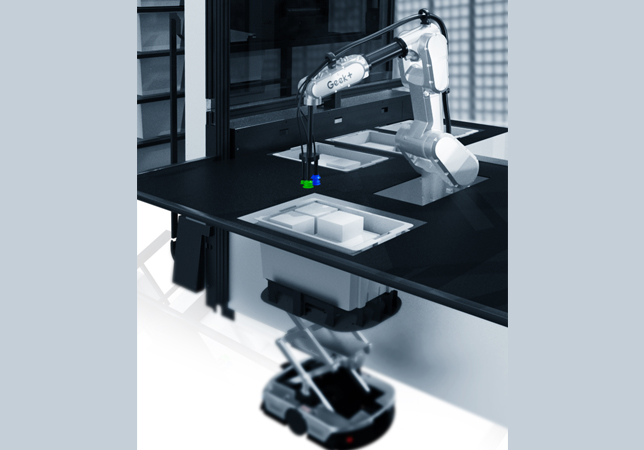

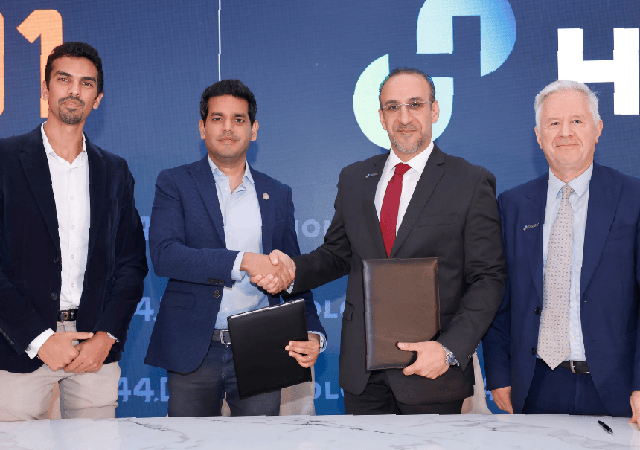
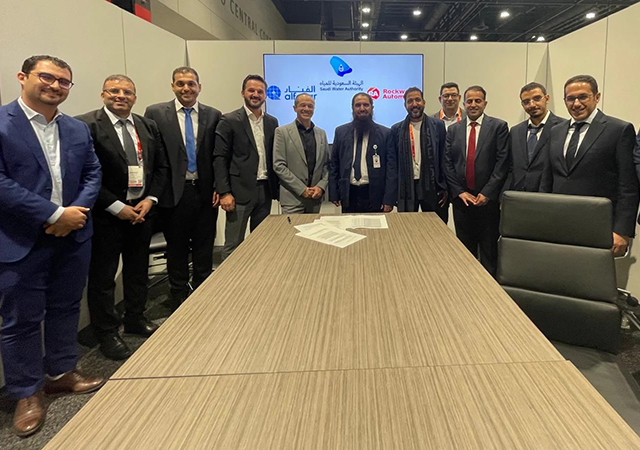

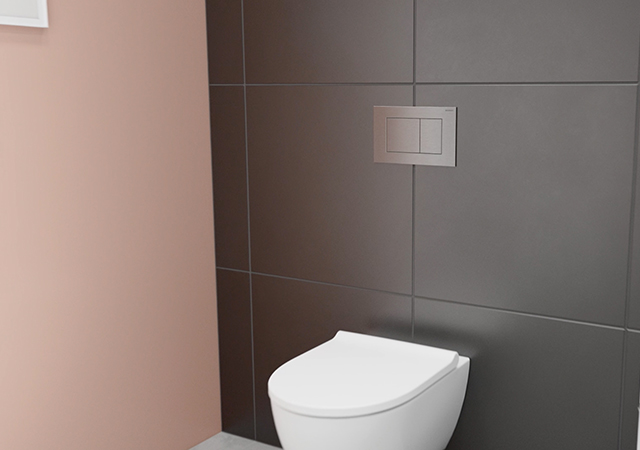

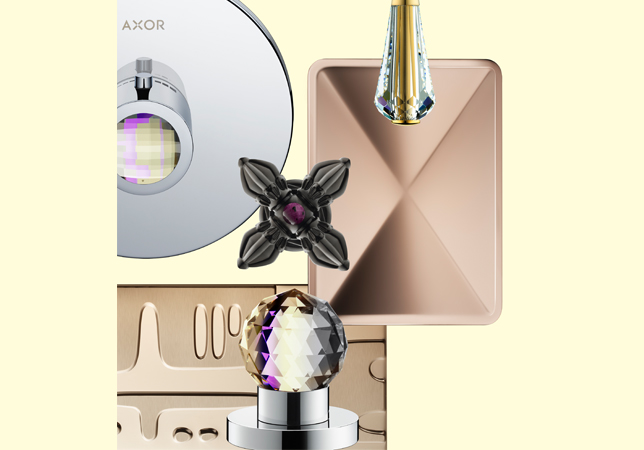

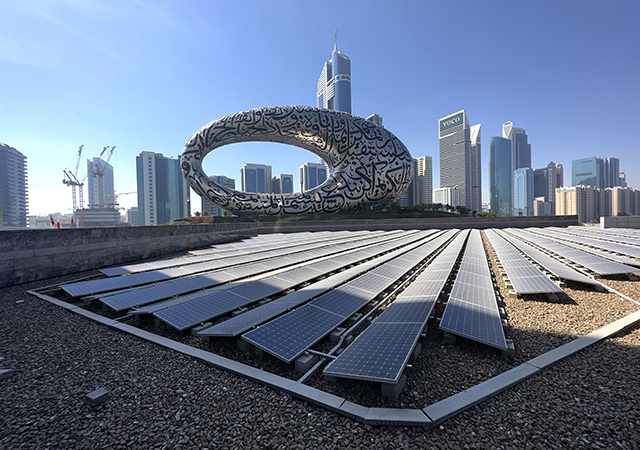
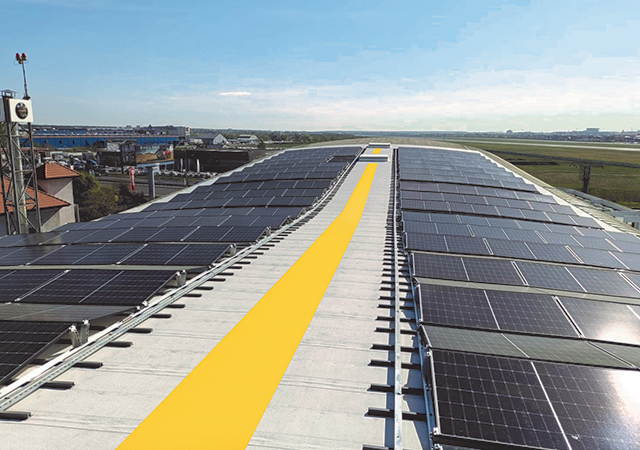
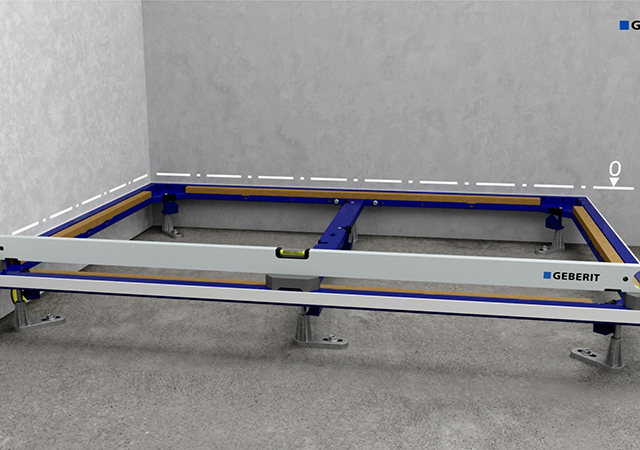

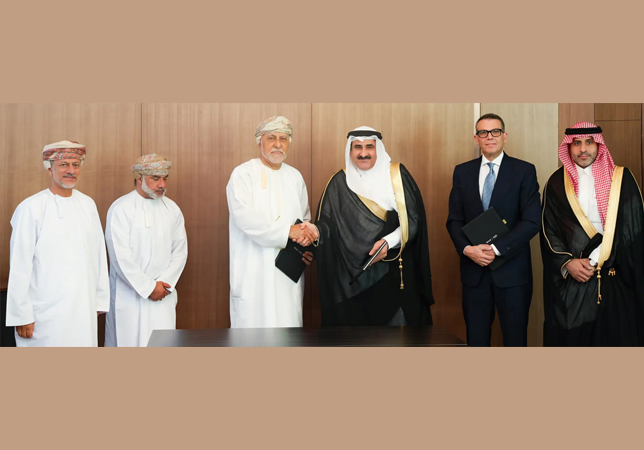
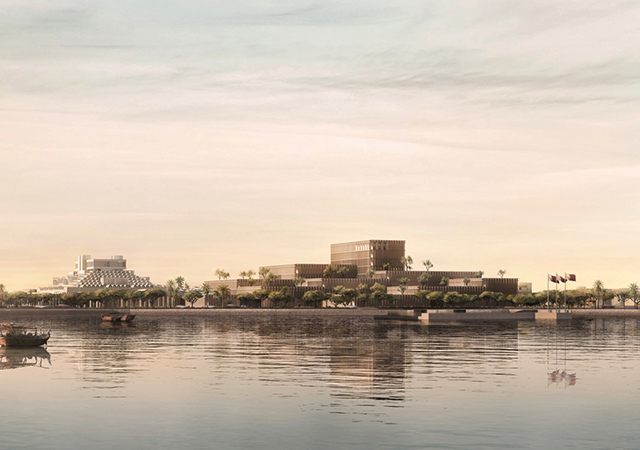
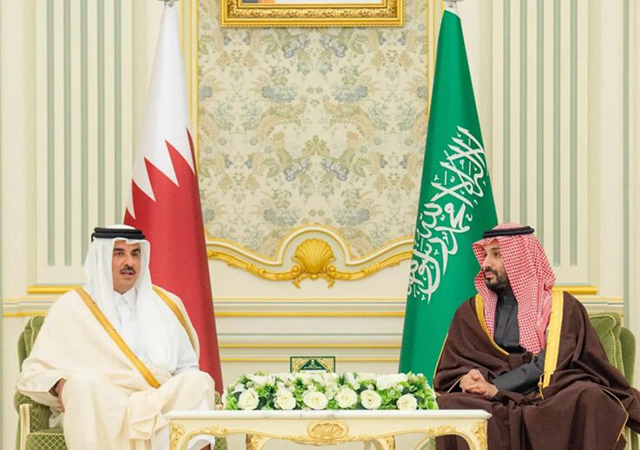


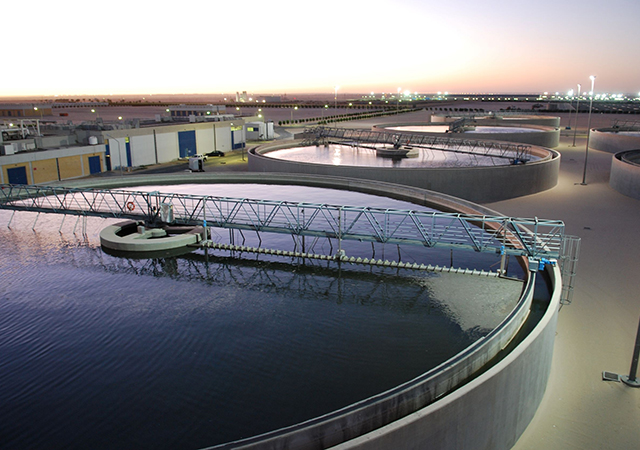
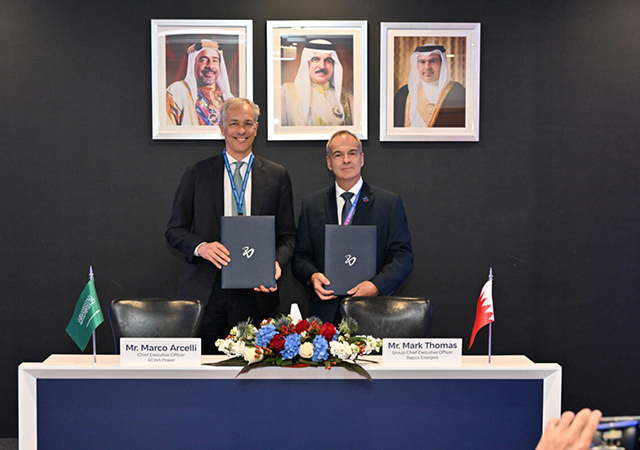

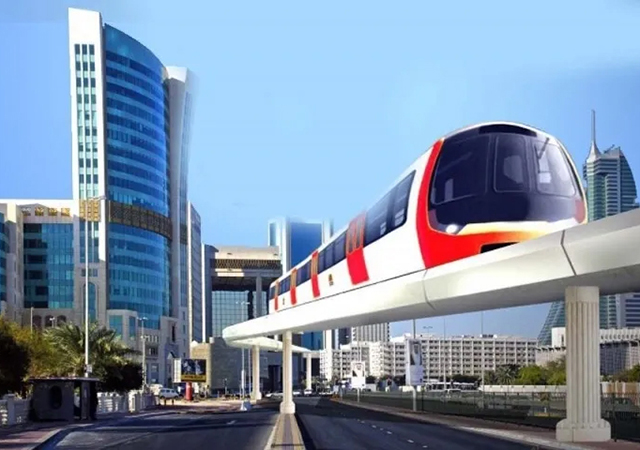
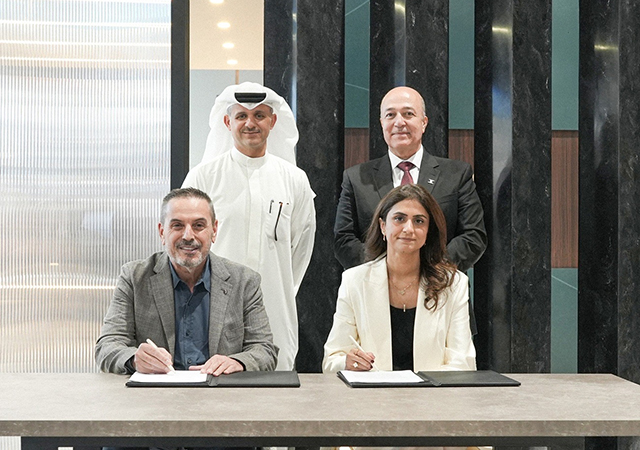
.jpg)
